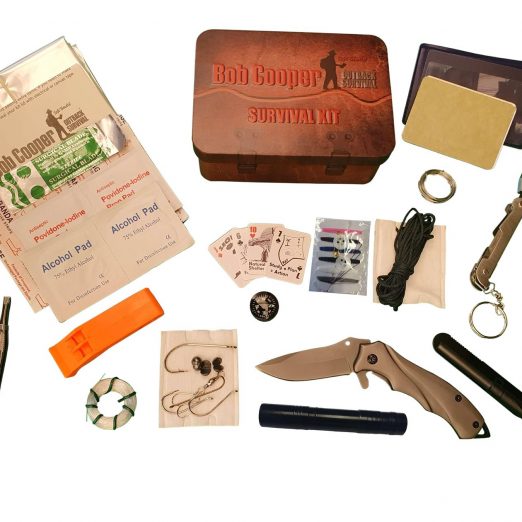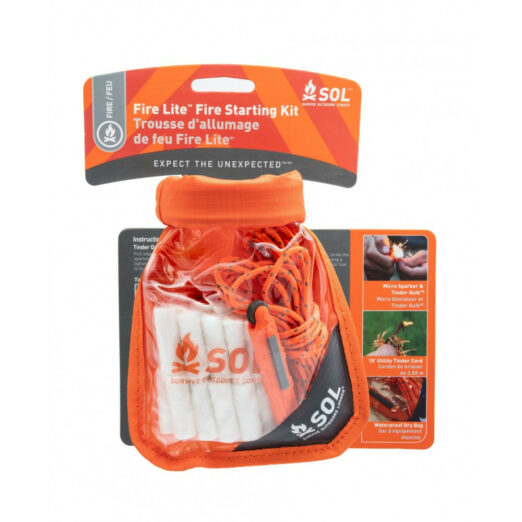It is alway a good idea no matter where you are or what you’re doing to keep a small survival kit with you because you never know when things might go wrong. It’s important to remember the rule of 3’s you can survive 3 minutes without air, 3 days without water and 3 weeks without food. Keeping this in mind its a good chance to design your survival kit around where you might be. for example if your are going to hike near fresh flowing water you might want to think about water sterilisation and something to catch food with eg hook and fishing line. There are great survival products around these days it just a question of which ones to bring because you don’t want to be weighed down by the amount of items you bring.
Why are survival kits essential for outdoor activities?
Survival kits are essential for outdoor activities because they provide the necessary tools and supplies to ensure your safety and well-being in case of emergencies or unexpected situations. Here are a few reasons why survival kits are important:
-
Emergency Preparedness: Outdoor activities like hiking, camping, or backpacking can expose you to various risks such as getting lost, extreme weather conditions, injuries, or encountering wildlife. A survival kit equips you with essential items to handle these emergencies effectively.
-
First Aid: Accidents happen, and having a first aid kit in your survival pack allows you to address minor injuries or provide initial care until professional help arrives. It can include bandages, antiseptic wipes, pain relievers, and other medical essentials.
-
Food and Water: In case you become stranded or lost, a survival kit typically contains food rations and water purification methods to sustain you until help arrives or until you can find your way back to safety. These provisions are crucial for maintaining energy and hydration in emergency situations.
-
Signaling and Navigation: Survival kits often include signaling devices like flares, whistles, or mirrors, which can help you attract attention and communicate distress signals to rescuers. Additionally, compasses, maps, or GPS devices can assist with navigation, enabling you to find your way back or reach a designated destination.
-
Shelter and Warmth: Adequate shelter is vital during extreme weather conditions, be it harsh sun, heavy rain, or freezing temperatures. Survival kits may contain emergency blankets, ponchos, tents, or fire-starting tools to provide protection and warmth.
Who are survival kits designed for?
Survival kits are designed for individuals who engage in outdoor activities such as hiking, camping, backpacking, fishing, or any other adventure where there is a potential risk of emergencies or unexpected situations. These kits are also important for individuals who live in areas prone to natural disasters or those who want to be prepared for unforeseen events.
Survival kits can be tailored to suit different needs and scenarios. There are kits designed for individuals going on short trips or daily outings, while others are more comprehensive and suitable for longer excursions or survival situations lasting several days.
Additionally, survival kits can be customised based on specific requirements, such as kits designed for solo travelers, kits for families, or kits intended for specific environments like mountainous regions or coastal areas.
Ultimately, survival kits are designed to provide essential tools, supplies, and resources to help individuals sustain themselves, stay safe, and increase their chances of survival in emergency situations.





























